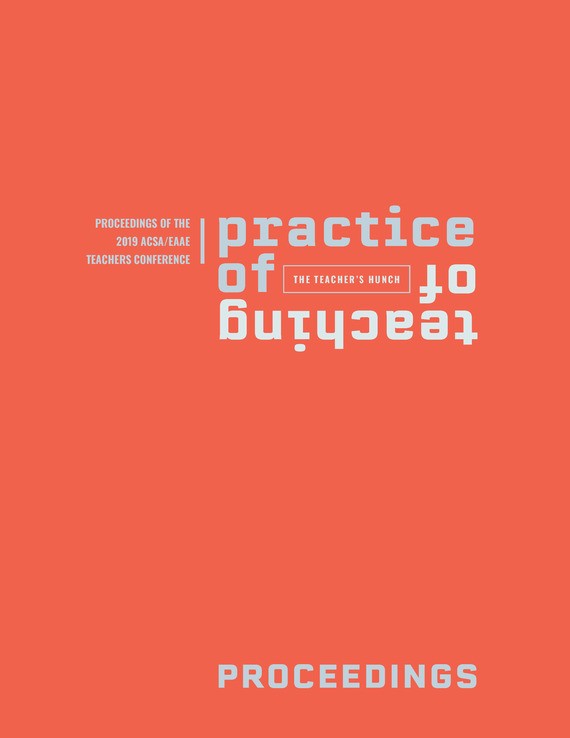Author(s): Dean Crouch, Noushin Radnia, Thomas Forget & William Philemon
The digital model is both a simple tool of intuitive design thinking used to devise spatial compositions and the base layer of increasingly complex computational practices imbued with layers of contingent information. It has replaced paper as the primary venue of architectural communication, regardless of a user’s level of experience, specific purpose, or degree of sophistication. The ubiquity of the digital model begets complacency toward its implications, which include a significant threat to the logic of the traditional architectural design process established in the Renaissance and upheld throughout centuries of disciplinary change. The extent to which the threat poses a crisis is an open question, and architectural education today has an opportunity (if not a responsibility) to confront that question head-on, so as to produce a generation of practitioners cognizant of the stakes. After a generation of adaptation, and amid a steady stream of innovation that continually (and productively) destabilizes day-to-day practice, the logic of the digital model itself—the framework onto which innovations are applied—is taken for granted. Despite the persistence of increasingly tiresome digital-verses-analog debates, the discipline has yet to reflect critically on the basic nature of the digital model. That inquiry must begin at the most foundational level—the first year of the education of the architect. The project outlined in this paper is a central component of a new foundation design pedagogy currently under development at the University of North Carolina at Charlotte. It introduces students to the digital model in a manner that lays bare how contemporary design tools are both alike and unlike traditional ones, and it challenges students to wrestle with the relevance of historical practices in an era of relentless innovation. The description of the project included here is to be deployed in the second iteration of the new program in academic year 2019/2020. Illustrations are drawn from the first iteration in academic year 2018/2019. This is an ongoing experiment in architectural education being conducted in a transparent manner. Students understand that the curriculum is dynamic, not settled, and that their work is contributing to pedagogical and disciplinary research.
https://doi.org/10.35483/ACSA.Teach.2019.20
Volume Editors
Richard Blythe & Johan De Walsche
ISBN
978-1-944214-23-4

 Study Architecture
Study Architecture  ProPEL
ProPEL 
